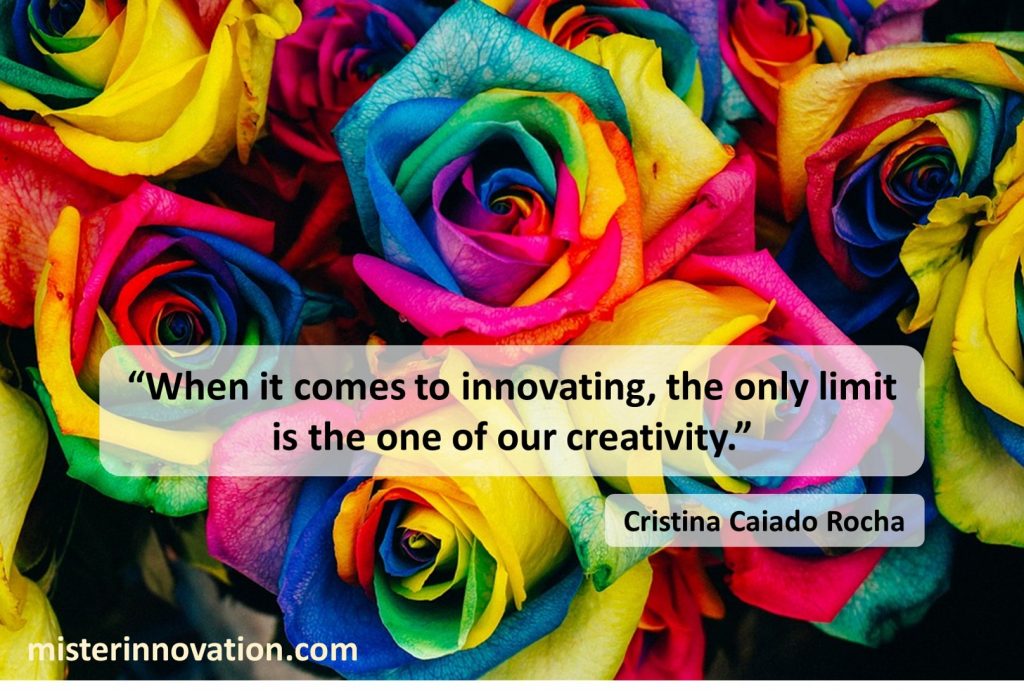
GUEST POST from Chateau G Pato
Creativity is a valuable asset in today’s fast-paced and competitive world. It is the key to finding new solutions, thinking outside the box, and pushing the boundaries of what is possible. Whether you are an entrepreneur, artist, or professional in any field, unlocking your creativity can lead to numerous benefits. In this article, we will explore strategies and techniques to enhance innovative thinking. We will also discuss two case study examples to demonstrate how these approaches can foster creativity.
1. Embracing Divergent Thinking:
Divergent thinking is a crucial aspect of creativity. It involves generating multiple ideas and exploring different possibilities. To unlock your creativity through divergent thinking, you can try the following strategies:
a. Mind mapping: Start by writing down your central idea or problem at the center of a blank page. Then, brainstorm related ideas and connect them with lines. This technique encourages free-flowing thinking and helps you see potential connections and patterns.
b. Random word association: Pick a word unrelated to your problem or idea and generate associations with it. This exercise prompts your brain to make unconventional connections, leading to novel ideas and possibilities.
Case study example 1: Pixar Animation Studios
Pixar is renowned for its creative storytelling and groundbreaking animations. In their pursuit of innovative ideas, they employ divergent thinking techniques. For instance, during brainstorming sessions for the movie “Finding Nemo,” the team used mind mapping to explore various themes, character traits, and underwater elements. This process helped them uncover unique storylines and create a captivating film.
2. Encouraging Constraints:
Contrary to popular belief, constraints can actually enhance creativity. When faced with limitations, our brains are forced to think more creatively and find innovative solutions. Here are two strategies to encourage creative thinking within constraints:
a. SCAMPER technique: SCAMPER is an acronym that stands for Substitute, Combine, Adapt, Modify, Put to another use, Eliminate, and Rearrange. This method prompts you to consider various modifications and possibilities with an existing idea or problem. By challenging yourself to think within these constraints, you can generate fresh and innovative concepts.
b. Forced connections: Take two seemingly unrelated ideas or concepts, and challenge yourself to find connections between them. This exercise forces your brain to think creatively within the given parameters, leading to unique and unexpected ideas.
Case study example 2: Google’s “20% Time”
Google famously implemented the “20% Time” policy, allowing employees to spend one-fifth of their work hours on personal projects unrelated to their assigned tasks. This constraint encouraged Google’s employees to explore their passions and come up with innovative ideas. This policy has led to groundbreaking initiatives such as Gmail and Google News, which originated from employees’ personal projects during their dedicated 20% time.
Conclusion
Unlocking creativity is essential for innovation and success in various domains. By embracing divergent thinking, encouraging constraints, and leveraging techniques like mind mapping and forced connections, individuals and organizations can unlock their creative potential. The case studies of Pixar Animation Studios and Google demonstrate the effectiveness of these strategies in fostering innovation. By consistently implementing these strategies and techniques, you can enhance your creative thinking and achieve groundbreaking results in your endeavors.
Bottom line: Futurology is not fortune telling. Futurists use a scientific approach to create their deliverables, but a methodology and tools like those in FutureHacking™ can empower anyone to engage in futurology themselves.
Image credit: misterinnovation.com
![]() Sign up here to get Human-Centered Change & Innovation Weekly delivered to your inbox every week.
Sign up here to get Human-Centered Change & Innovation Weekly delivered to your inbox every week.